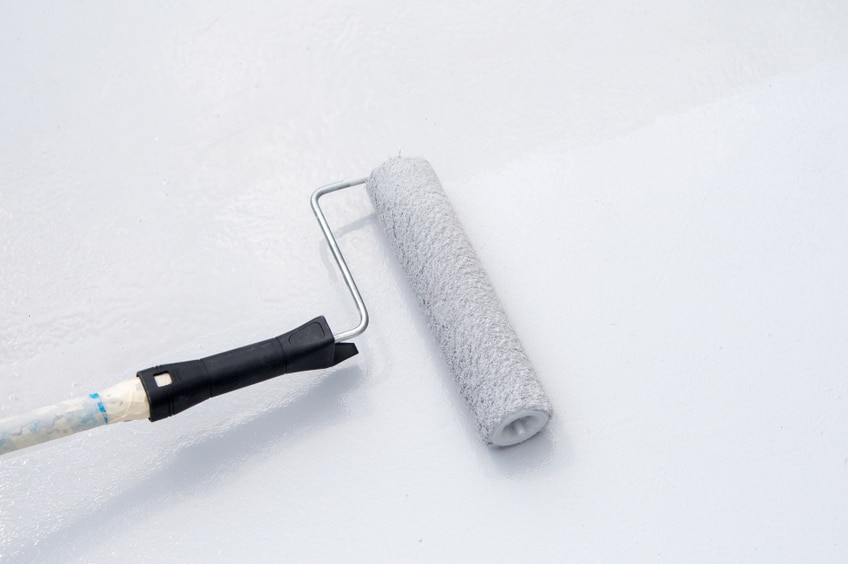Silicone roof coatings are known for their ability to provide excellent UV, water, and weathering resistance. This can make them a great choice for many low-slope roofs.
Here's a look at the strengths of silicone roof coatings and the use cases they're best suited for.
The Benefits of Silicone Roof Coatings
Silicones are high-performing polymers that can be found in many consumer products, paints, and coatings. Silicone-based roof coatings are a popular choice for low-slope roofs because they:
- Are stable at a wide range of temperatures
- Help protect against leaks caused by ponding water
- Provide resistance to biological growth like algae and mold
- Adhere well to many different substrates
- Can provide a reflective coating if white or light colors are selected
Types of Silicone Roof Coatings
Silicone roof coatings are available in a few different formulations, including formulations with high solids.
High solids coatings have fewer solvents in their formulation, meaning the product will experience less evaporation during installation. It might be slightly more expensive than other formulations, but because of the high solid formulation, you'll probably use less product overall to achieve your desired dry mil thickness.
Solvent-based silicone coatings may be desirable because the incorporation of solvent in the formulation can result in faster drying times than water-based coatings. They can also be stored and applied at lower temperatures without risk of freezing. However, the solvents are highly volatile, so care must be taken to keep vapors away from sparks or flames to avoid combustion. Solvents can also be odorous, so additional steps may be required to ensure the safety of workers and building occupants. it is important to close building air intakes during installation.
Use Cases for Silicone Roof Coatings
High Solids Coatings
High solids coatings may be a suitable choice for low-slope roofs in high-moisture areas. The coating will perform well even in roof areas that are subject to ponding water.
High solids silicone coatings can also be installed with minimal disruption to building occupants. With low VOC content, they could be an ideal choice for high-occupancy buildings like healthcare facilities, nursing care facilities, daycare centers, and schools.
High solids silicones can be used over many types of existing roofs, including metal, structural concrete, single-ply membranes, and asphalt roofs. They are also a good fit for installing over polyurethane foam on new or existing roofs.
Solvent-Based Coatings
Solvent-based silicone coatings also perform well in areas where high moisture and humidity are present. The evaporation rate of the solvents is not affected by the amount of moisture in the air.
Solvent-based coatings are a versatile option because they can be installed in temperatures ranging from 40 degrees Fahrenheit (4.44 °C) to 110 degrees Fahrenheit (43.33 °C). They also enable flexibility in their application method, allowing for use of a brush, roller, or sprayer.
When to Consider Other Coating Types
Keep in mind that silicone coatings, whether solvent-based or high solids, form a slick surface that might not be suitable for roofs with high foot traffic. They do not resist dirt pickup as well as other types of coatings and may require cleaning to maintain reflective properties.
If you are unsure which type of roof coating will be the right fit for your roofing project, GAF can point you in the right direction. Or, you can learn more about the roof coating options available to you.

